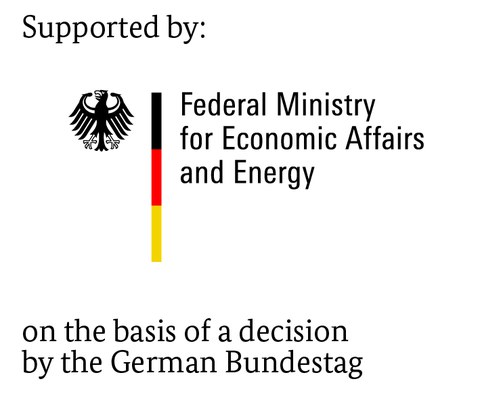Comparison of electrohydraulic and electro-mechanic drive trains in injection moulding machines
Research Task/Objectives
In many serial machines, electrohydraulic and electromechanic drive concepts directly
compete against each other.
An impartial comparison of drive trains with regard to the requested criteria can be the
first step to find an economic solution for a given motion task. To facilitate a proper comparison, consistent conditions have to be set. A method shall be developed which features the potential to compare market-available drivetrain configurations of injection molding machines. Criteria for this comparison are: dynamics, precision, repeatability, energy consumption and noise emission.
Results show strengths and potential for development of hydraulic drive trains. On that
base suggestions for further developments can be made.
Approach/Results

Criteria for Comparison and Investigation
The developed methodology is applied to four different machine concepts which are
compared with regard to process dependent and process independent parameters. Depending on the criteria, each drive concept features strenghts and weaknesses: Energy consumption of electromechanic drive trains is lower whereas valve-controlled servohydraulic drives feature better dynamics.
The precision obtained heavily depends on the components and the used control concept.
Results picture the state of the art and allow conclusions for necessary further development in hydraulic drive technology.
The project Ref.-No. BG09514 is financed and supervised by the Research Association Mechanical Engineering (FKM). In the scope of the Programme to promote Industrial Collective Research it is funded by the German Federation of Industrial Research Associations (AiF) with means of the Federal Ministry of Economic Affairs and Energy (BMWi) on the basis of a decision by the German Bundestag.

